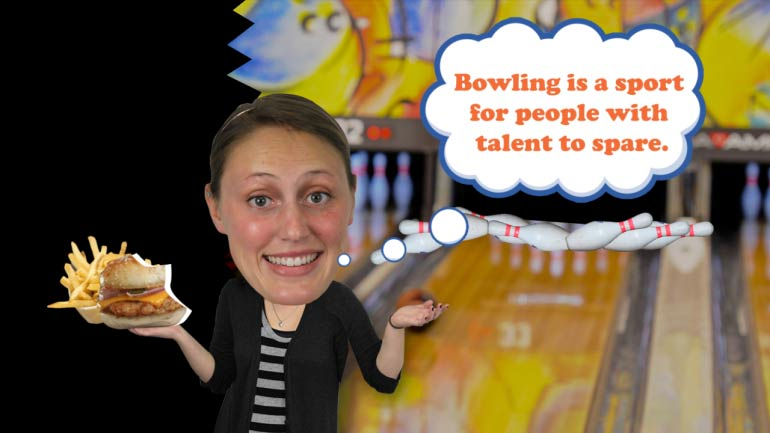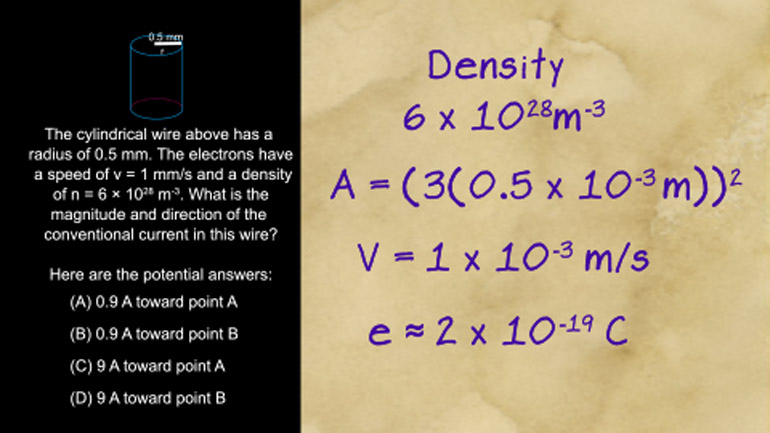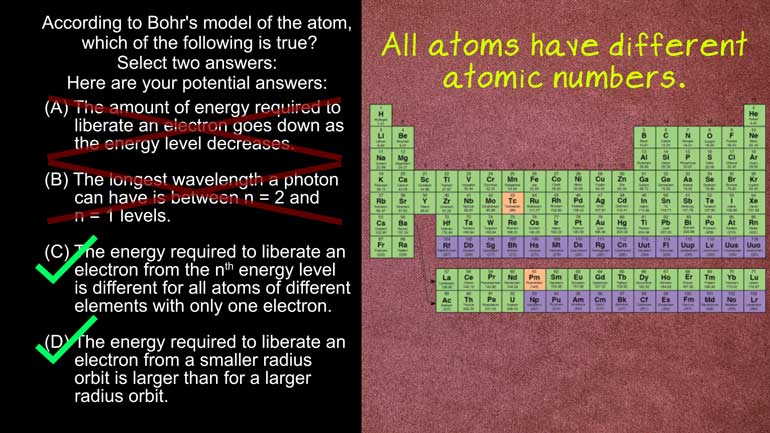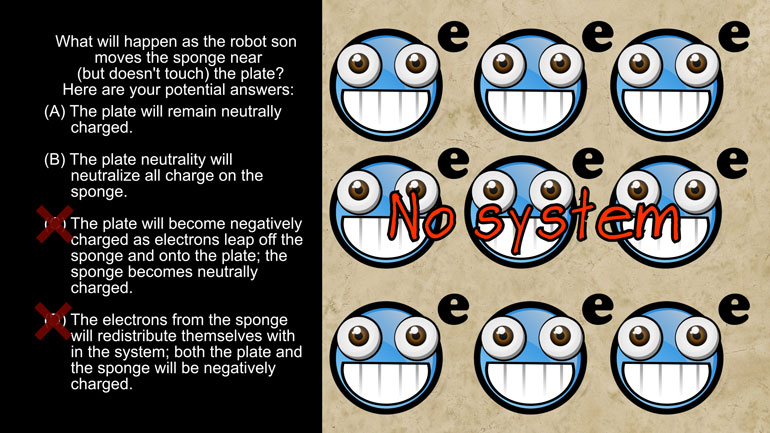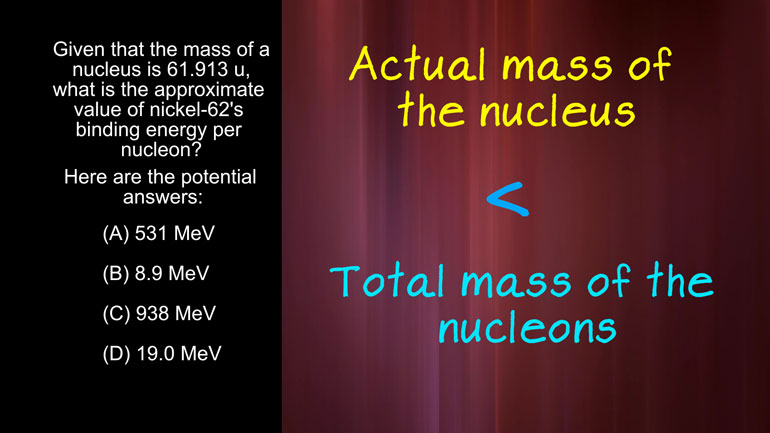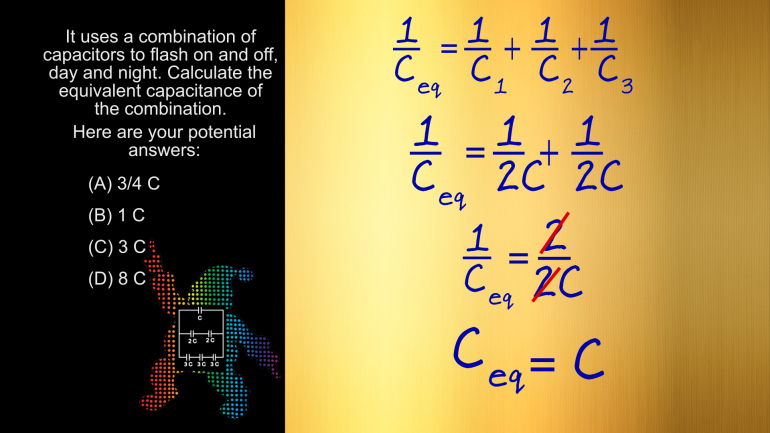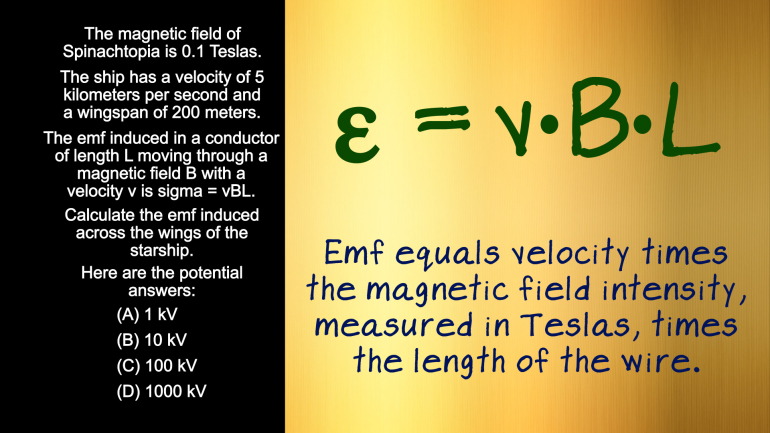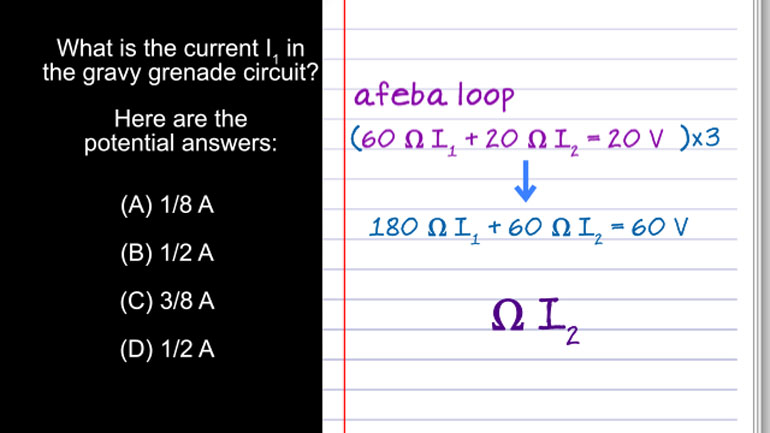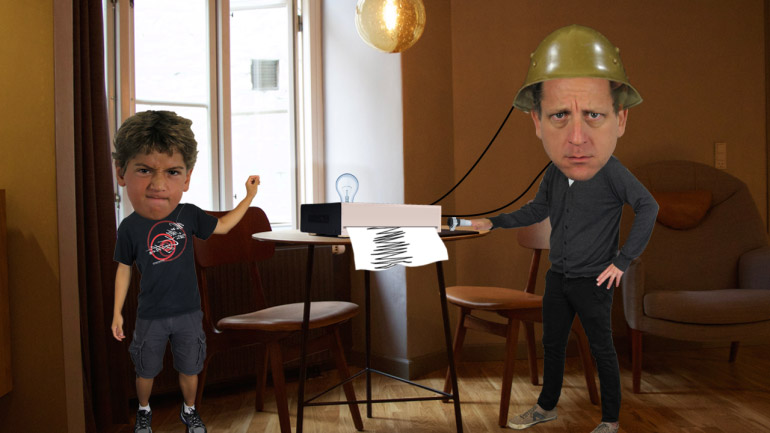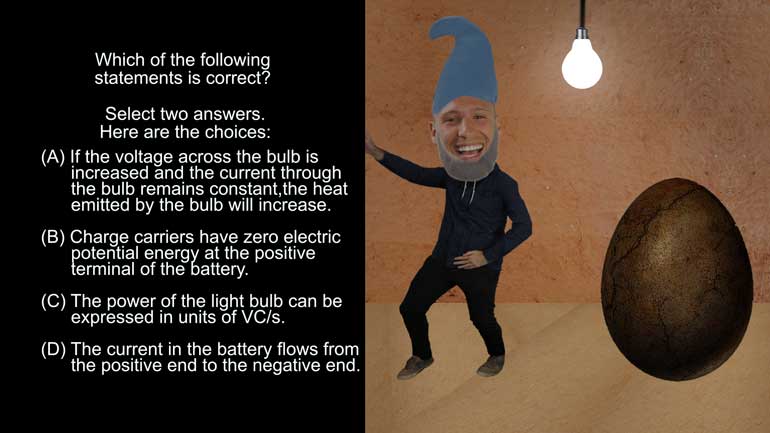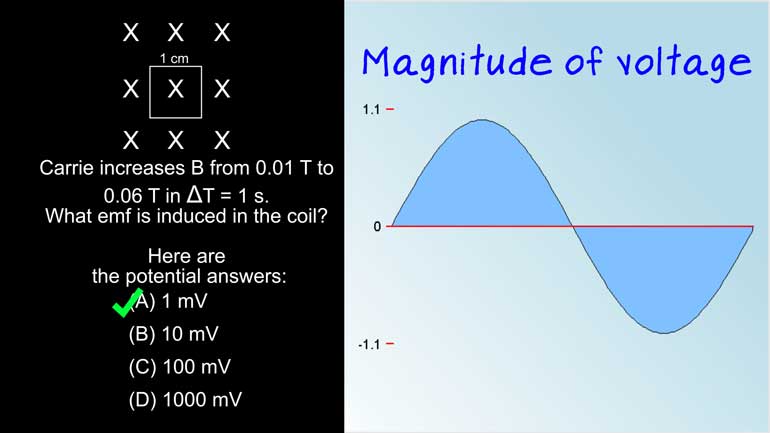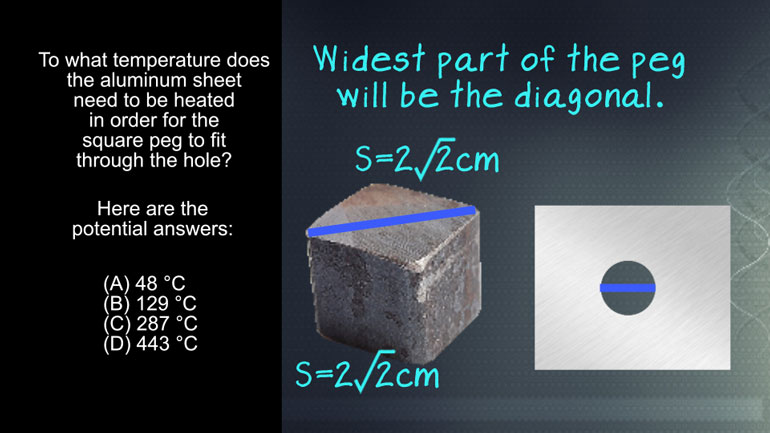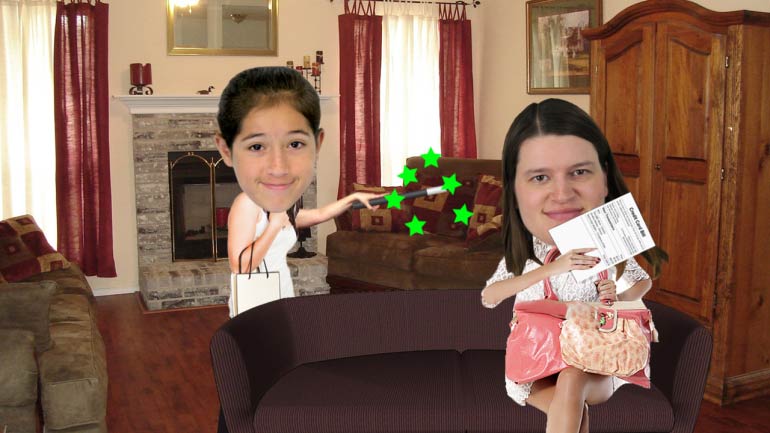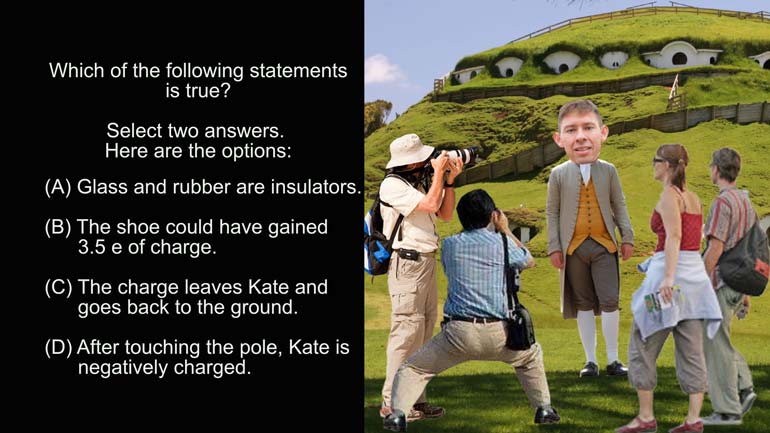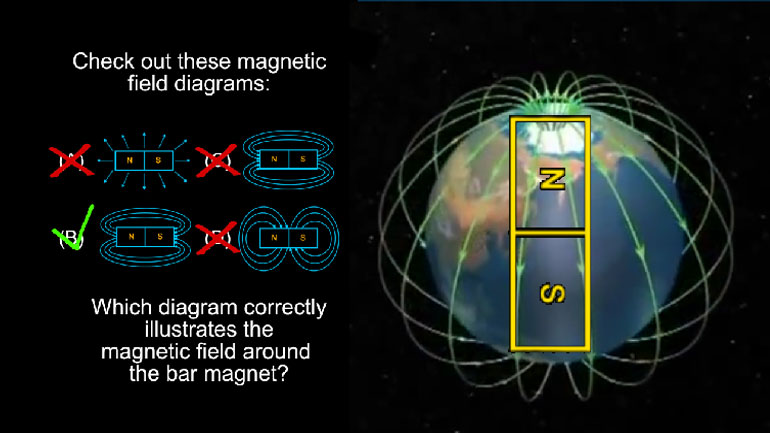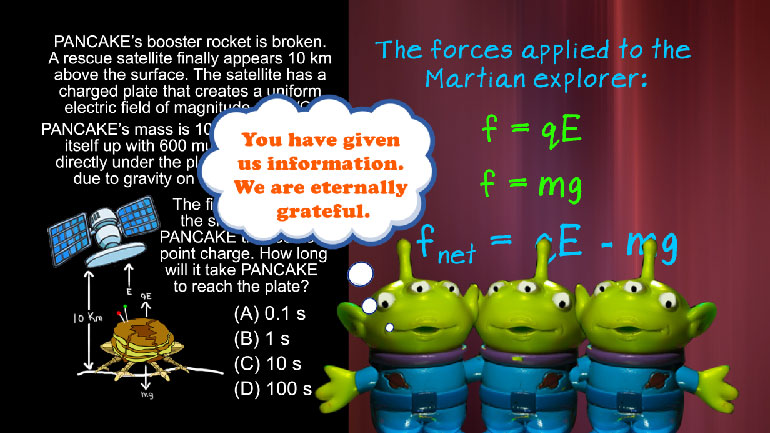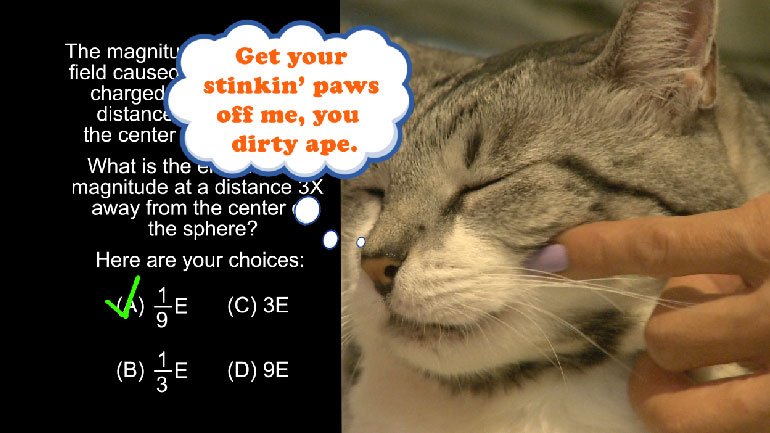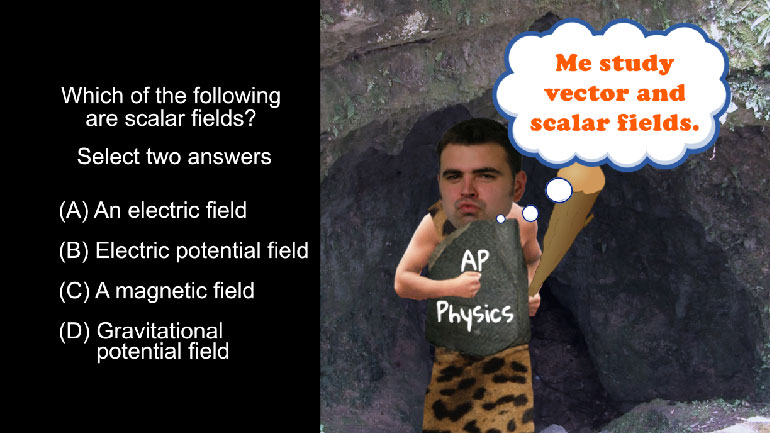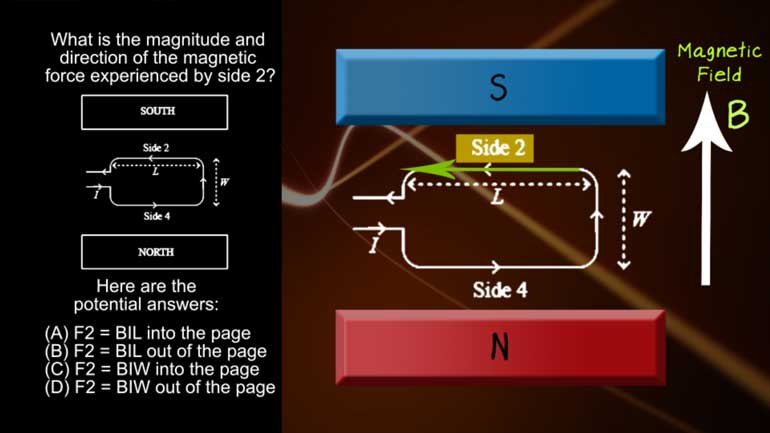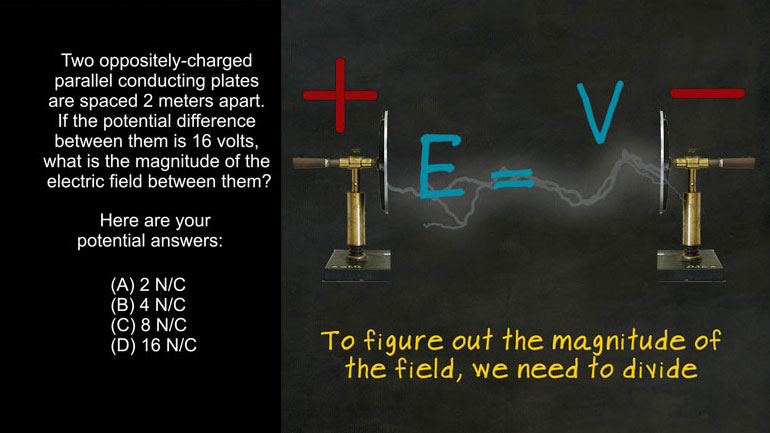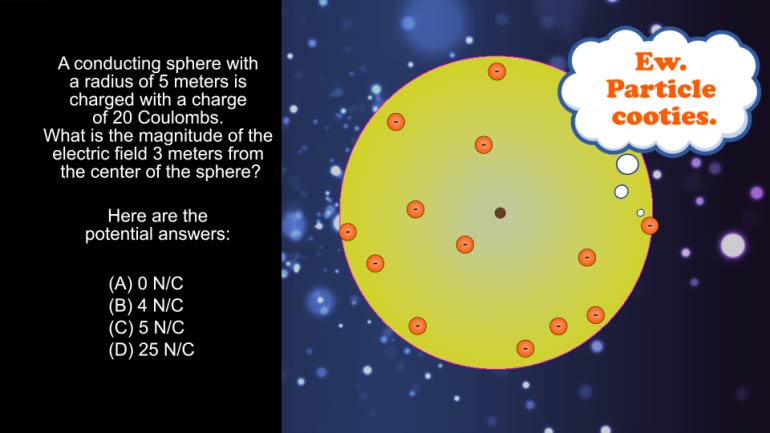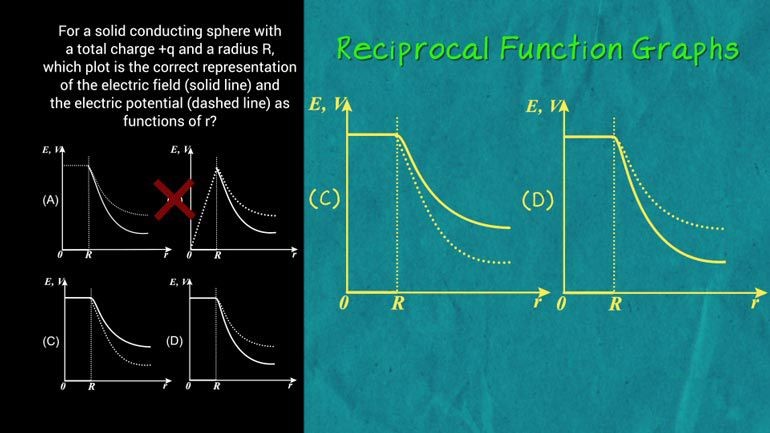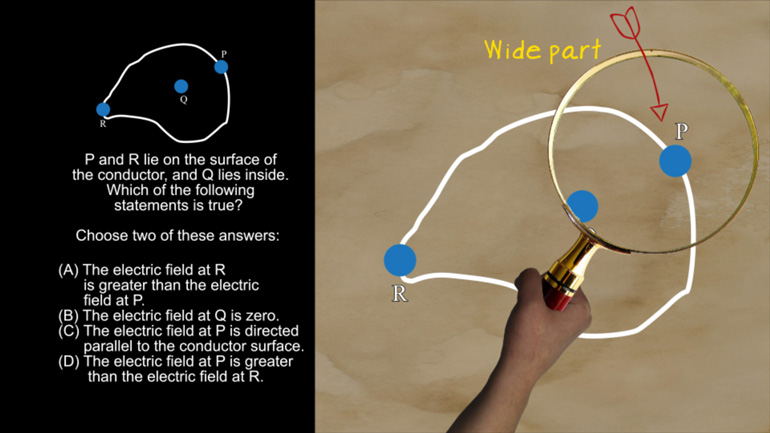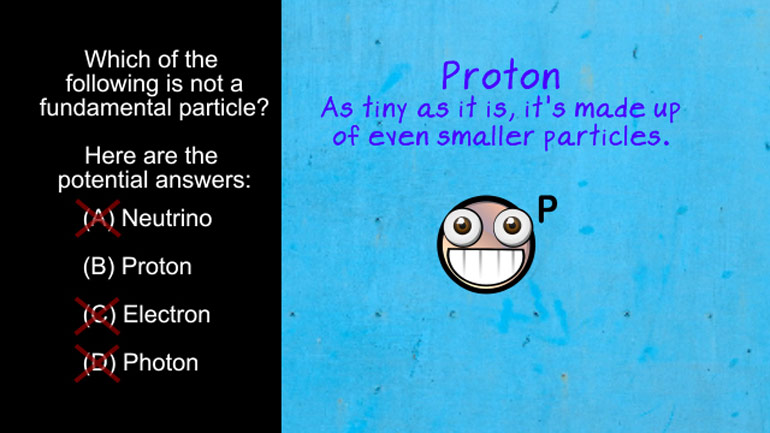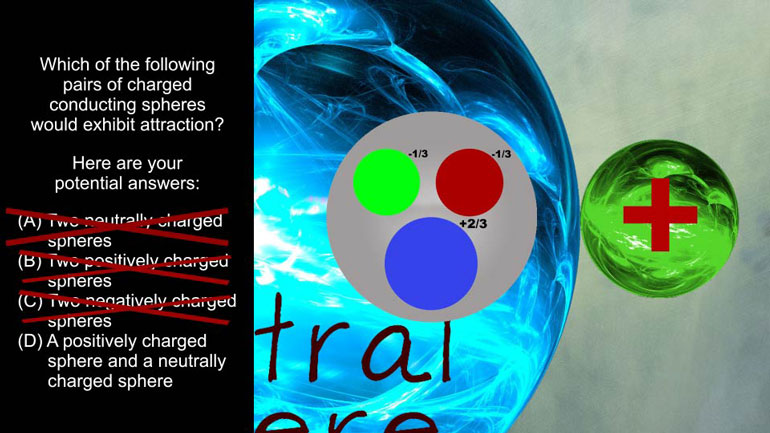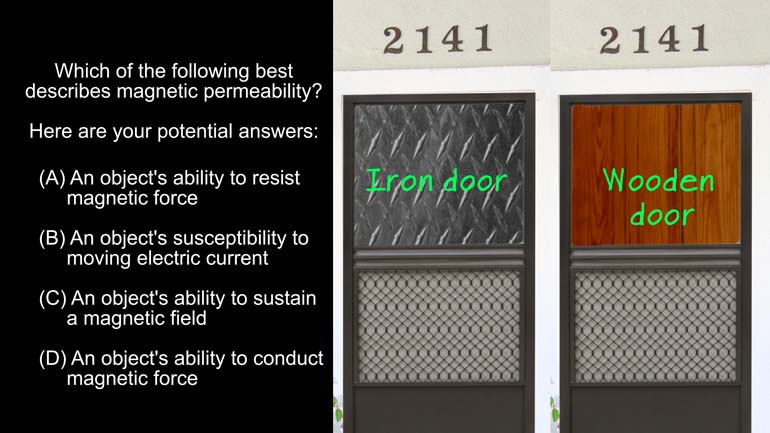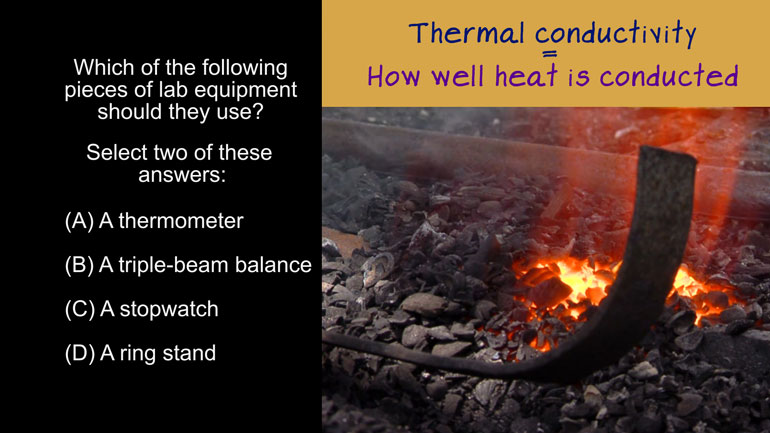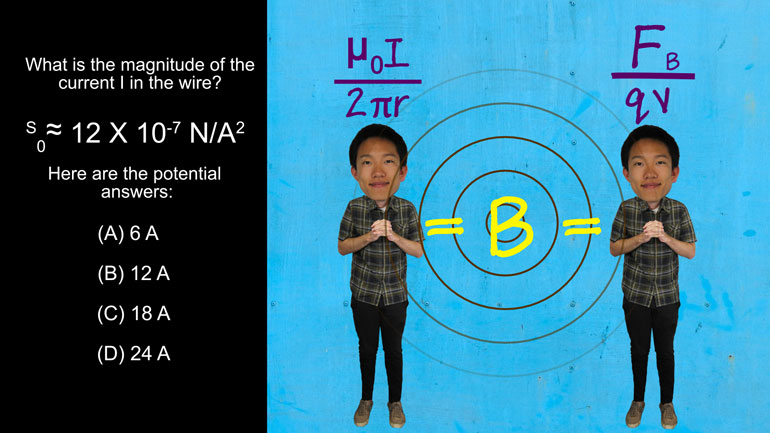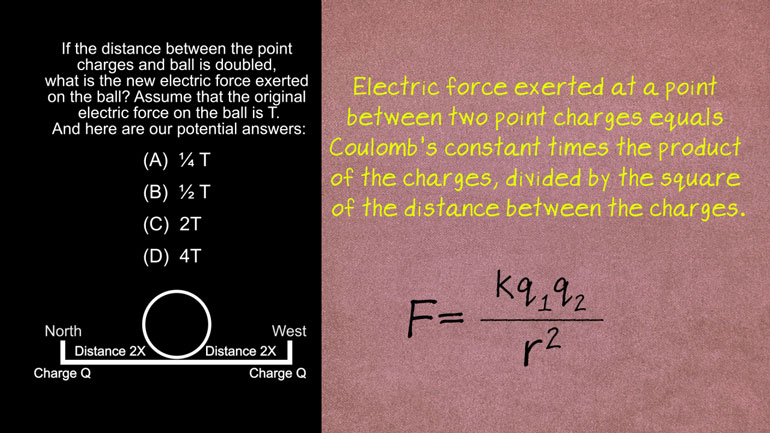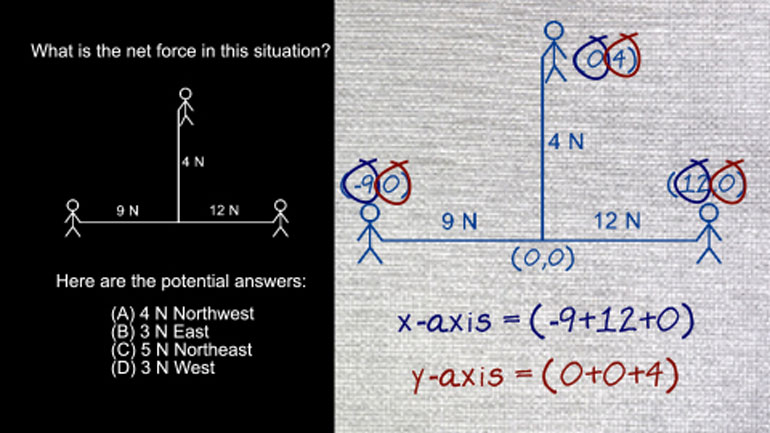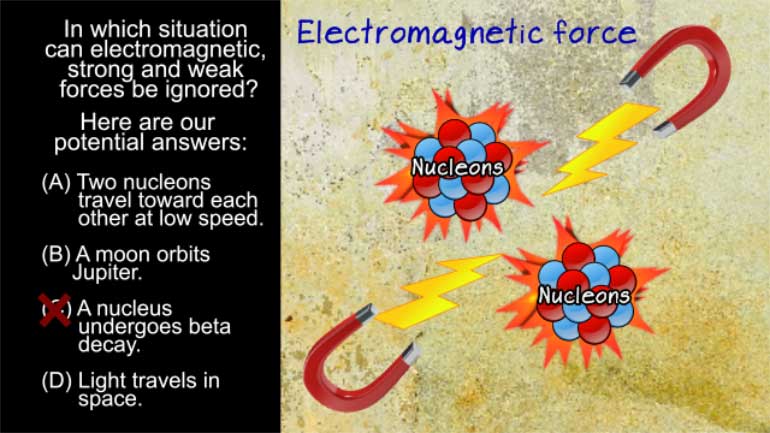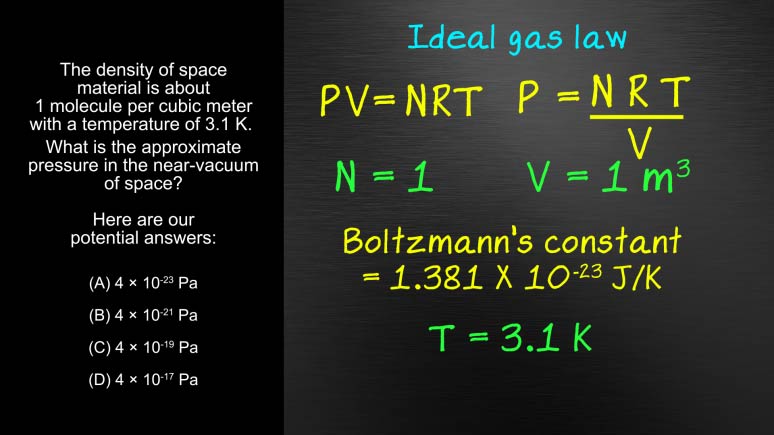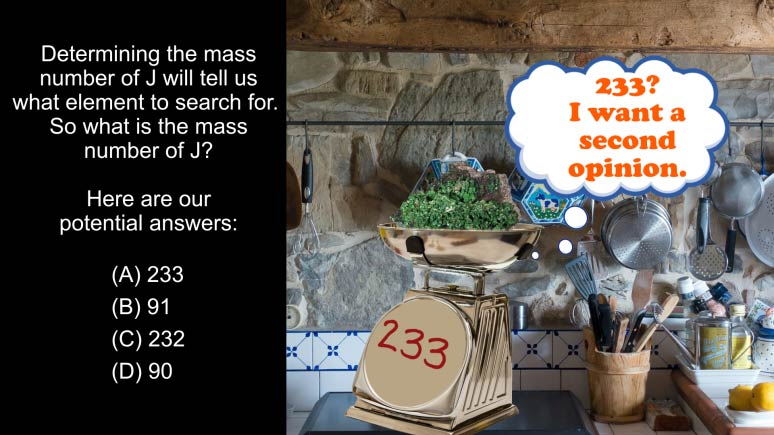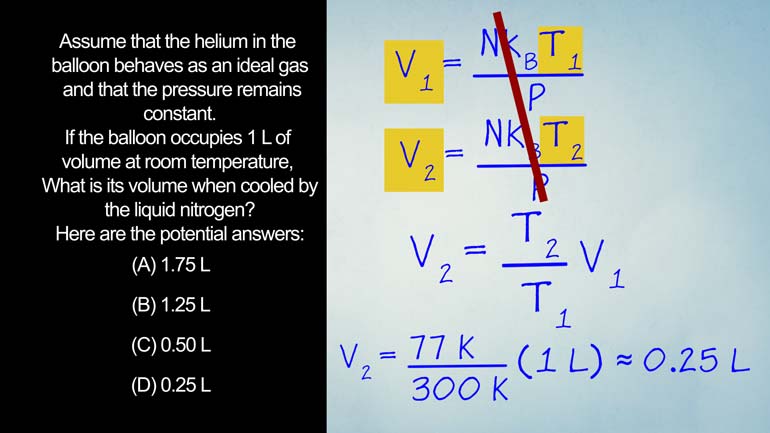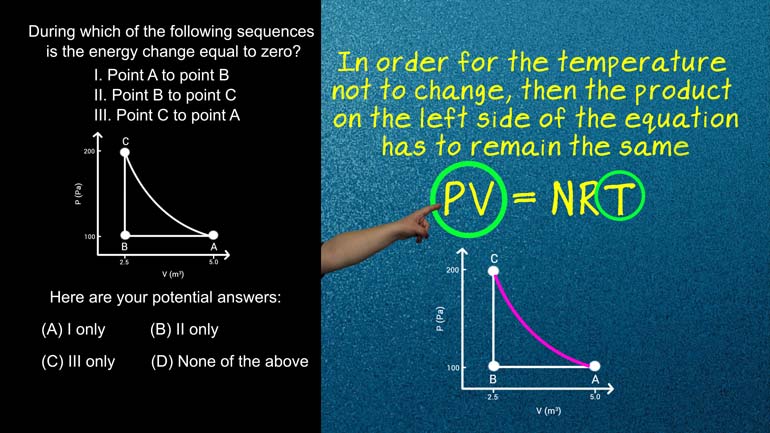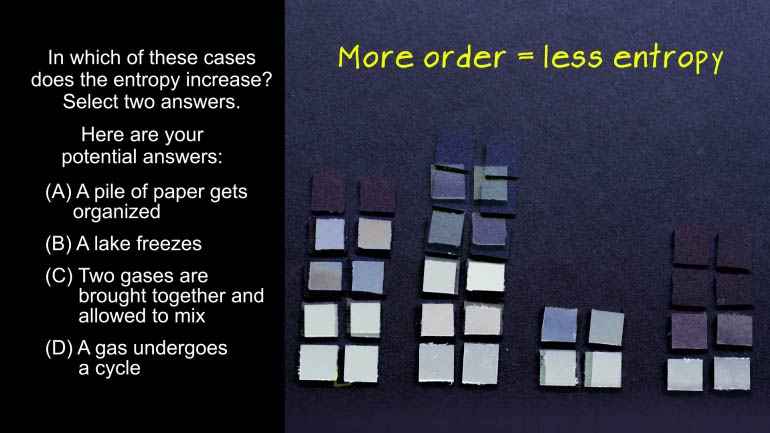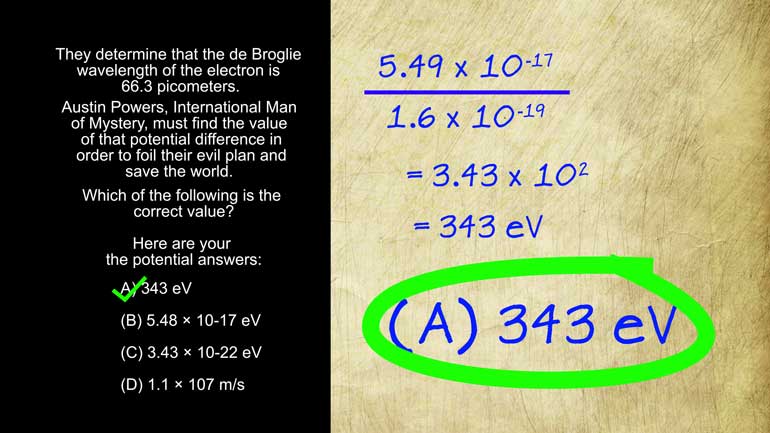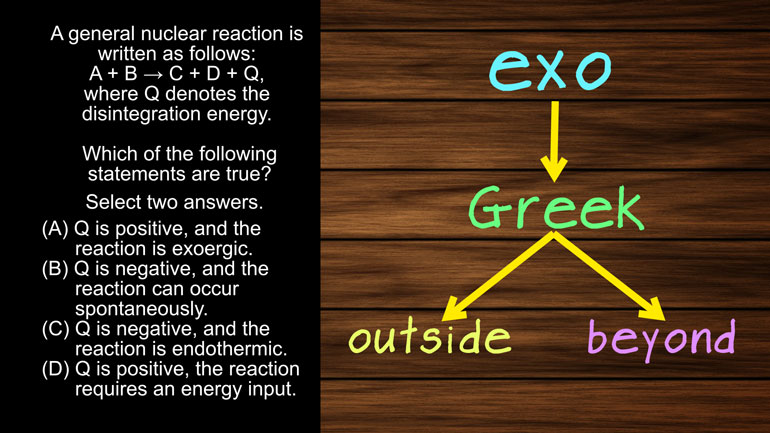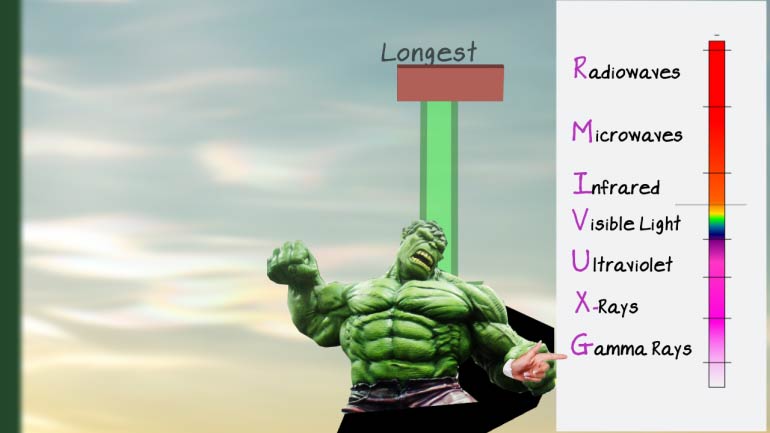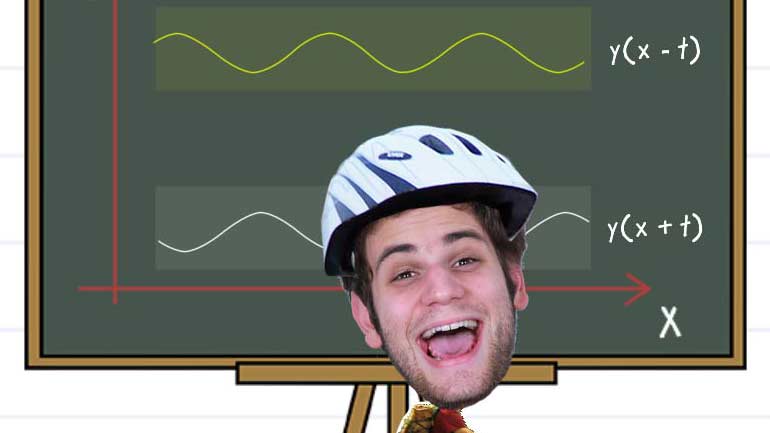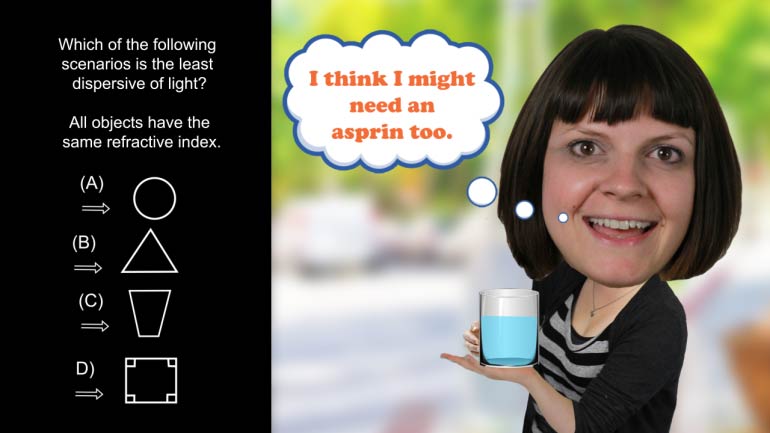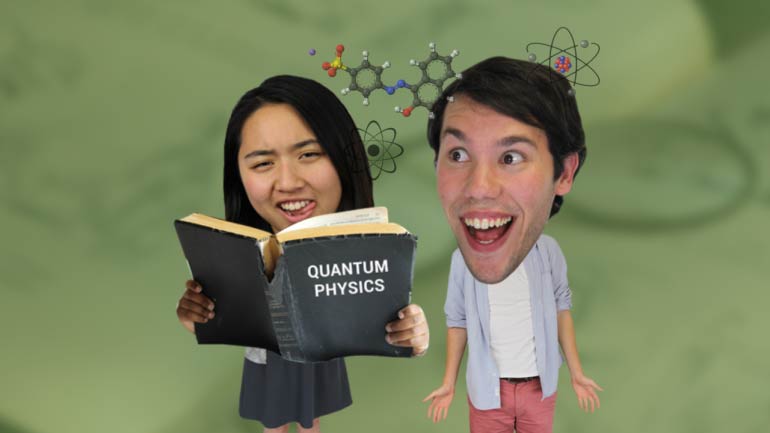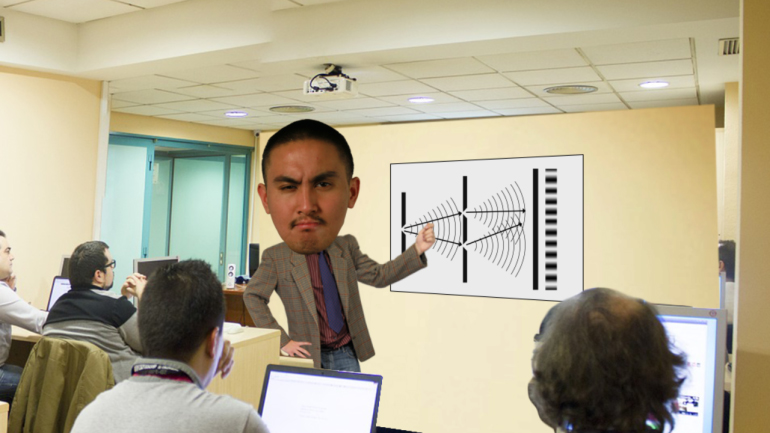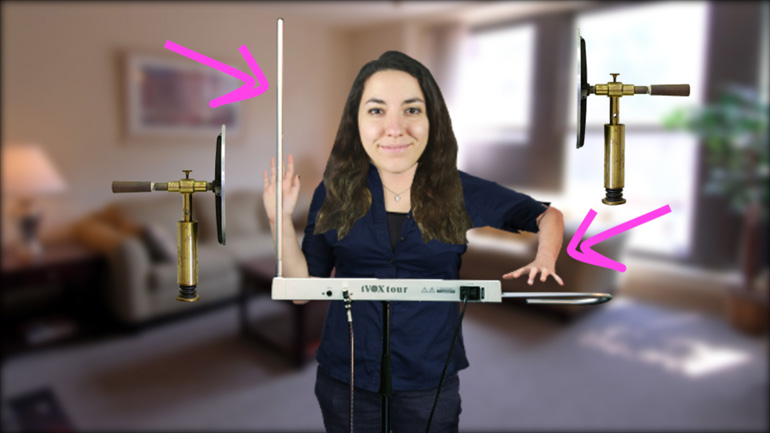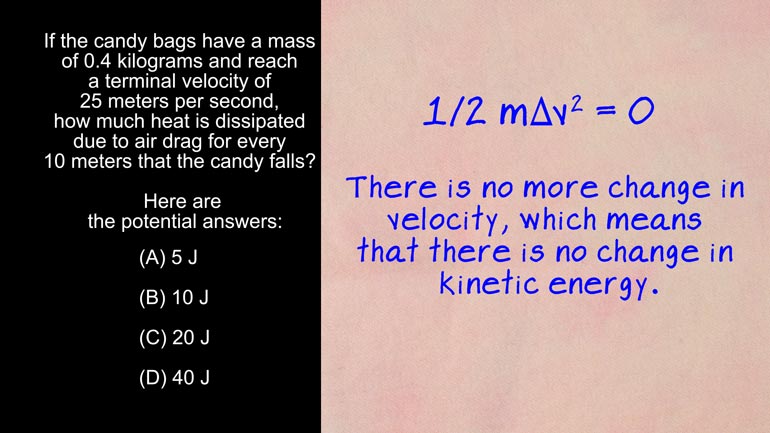ShmoopTube
Where Monty Python meets your 10th grade teacher.
Search Thousands of Shmoop Videos
AP Physics 2 Videos 66 videos
AP Physics 2: 1.1 Properties of Objects and Systems. What is the magnitude and direction of the conventional current in this wire?
AP Physics 2: 1.5 Properties of Objects and Systems. According to the Bohr's model of the atom, which of the following are true?
AP Physics 2: 1.2 Systems Interactions and Changes 169 Views
Share It!
Description:
AP Physics 2: 1.2 Systems Interactions and Changes. What's the approximate magnitude of the charge on each plate?
Transcript
- 00:00
Thank you We sneak and here's your shmoop du jour
- 00:05
Brought to you by weird musical instruments whenever your hipster
- 00:09
cousin breaks out his ukulele and you're weird and starts
- 00:11
jamming on the digital rue well you can just plug
- 00:15
in your thurman and show them what a music nerd
Full Transcript
- 00:17
really looks like All right Well a pheromone is an
- 00:20
electronic musical instrument played without any direct contact It makes
- 00:24
a rather a spooky sound that look no hands but
- 00:29
one of the players hands act as a capacitor plate
- 00:31
while an antenna on the instrument provides the other plate
- 00:35
as the distance between the hand and the antenna changes
- 00:38
The capacitance between them also changes this intern affect the
- 00:43
frequency of the sound treat The thurman system is a
- 00:46
simple parallel plate capacitor Take a look at the following
- 00:49
diagram Here we go Each plate is a square with
- 00:52
sides of twenty one point three centimeters separated from each
- 00:55
other by a distance of ten centimetres A constant potential
- 00:59
difference of one hundred twenty volts has maintained between the
- 01:02
plates What's the approximate magnitude of the charge on each
- 01:06
plate And here the potential answers All right Well whether
- 01:11
we're dealing with a somewhat dorky musical instrument or just
- 01:16
too boring electric plates There's an equation to determine capacitance
- 01:20
in this situation thea capacitance of a parallel plate capacitor
- 01:24
equals the electric constant times the area of one of
- 01:27
the plates divided by the distance between the plates to
- 01:31
make things easier for us which we try to do
- 01:34
in all circumstances let's use multiples of ten for the
- 01:37
area and the electric constant Well the area will equal
- 01:40
twenty centimeters squared or twenty times ten to the negative
- 01:43
second meters The distance is ten centimetres a ten to
- 01:48
the negative two meters The electric constant equals ten times
- 01:53
ten to the negative twelve And when we flug in
- 01:55
the numbers into our equations we find that the capacitance
- 01:58
equals for pico farrah capacitance equals charge over voltage which
- 02:04
means that charge equals voltage times capacities while for pico
- 02:09
frauds times one hundred twenty volts gives us a charge
- 02:12
of four hundred eighty pico coolant on the correct answer
- 02:16
is a when we're dealing with capacitance we're going to
- 02:19
be seeing these super tiny numbers It'll be pico and
- 02:23
nano for rods all over the place But that's enough
- 02:26
Math We need to get another jam sesh going with
- 02:28
the fireman way Need to feel the music in our
- 02:30
bones or in this case we need to feel the
- 02:32
voltage in our fingers with a great sound like that
- 02:35
It's Hard to believe the thurman really never caught on 00:02:38.745 --> [endTime] No
Related Videos
AP Physics 2: 1.1 Properties of Objects and Systems. What is the magnitude and direction of the conventional current in this wire?
AP Physics 2: 1.5 Properties of Objects and Systems. According to the Bohr's model of the atom, which of the following are true?
AP Physics 2: 2.2 Properties of Objects and Systems. What will happen as the robot son moves the sponge near (but doesn't touch) the plate?
AP Physics 2: 2.4 Properties of Objects and Systems. How could you show the carnival barker an emission spectrum?
